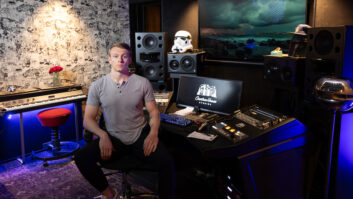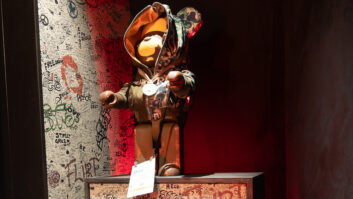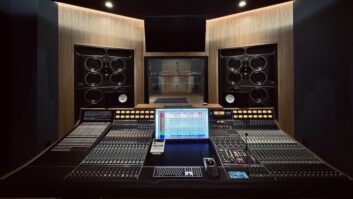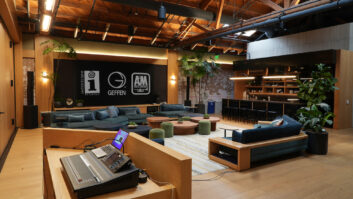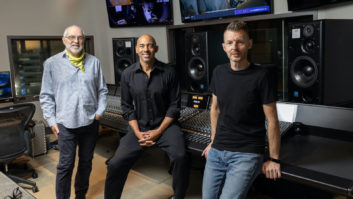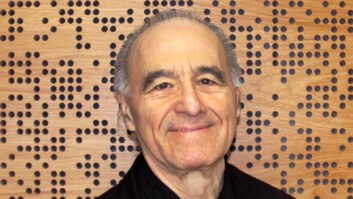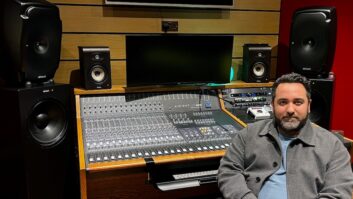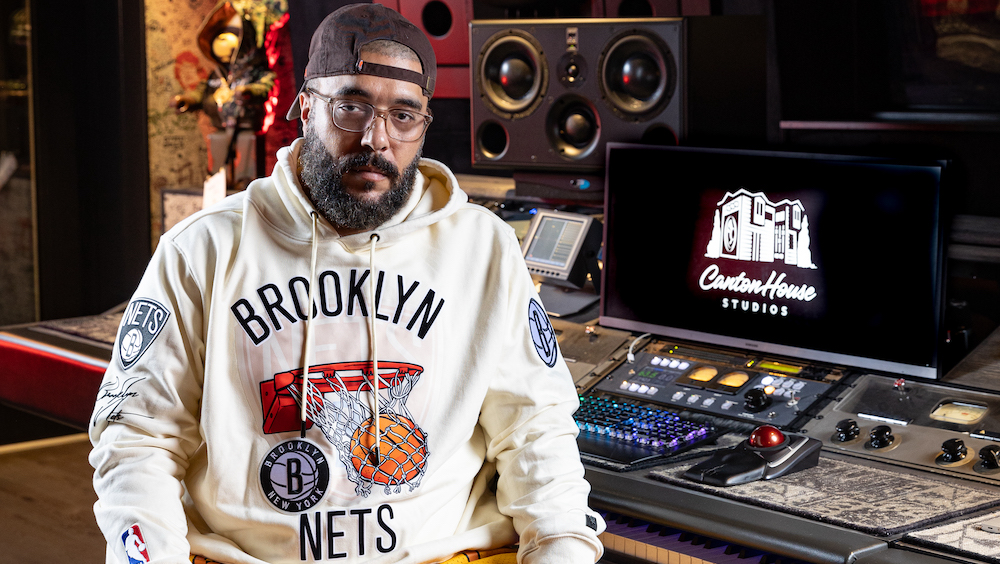
Los Angeles, CA (February 20, 2024)—To understand the fundamentals of multi-Grammy Award-winning mix engineer Jaycen Joshua and his workflow, look no further than the God Particle. No, not the Higgs boson—the discovery of which, in 2012, advanced our understanding of particle physics—but rather the plug-in from developer Cradle. The God Particle plug-in, launched in early 2023, is the distillation of Joshua’s essential analog mix chain, crafted and developed during 13 years at Larrabee Studios in Los Angeles, where he worked with and was mentored by Dave Pensado. It’s the only plug-in he uses on his mix bus.
Joshua eventually left Larrabee to build his own Canton House Studios in the hills above L.A.’s San Fernando Valley, in collaboration with Dave Malekpour and his Professional Audio Design, Inc. team. A console-sized desk housing the analog embodiment of the God Particle and Malekpour’s Augspurger main monitors dominate Joshua’s mix room [SEE SIDEBAR], which is in the house’s former garage. In what used to be a guesthouse, separated from the mix room by a multi-function studio space, is a Dolby Atmos-equipped room where mix engineer Mike Seaberg frequently works [SEE SIDEBAR]. Upstairs, there are all the amenities of a high-end home, including four bedrooms available for clients—Joshua lives elsewhere—as well as workstations for Joshua’s mix assistants. All new. All reflecting Joshua’s style and his way of working. It’s a pretty sweet setup.
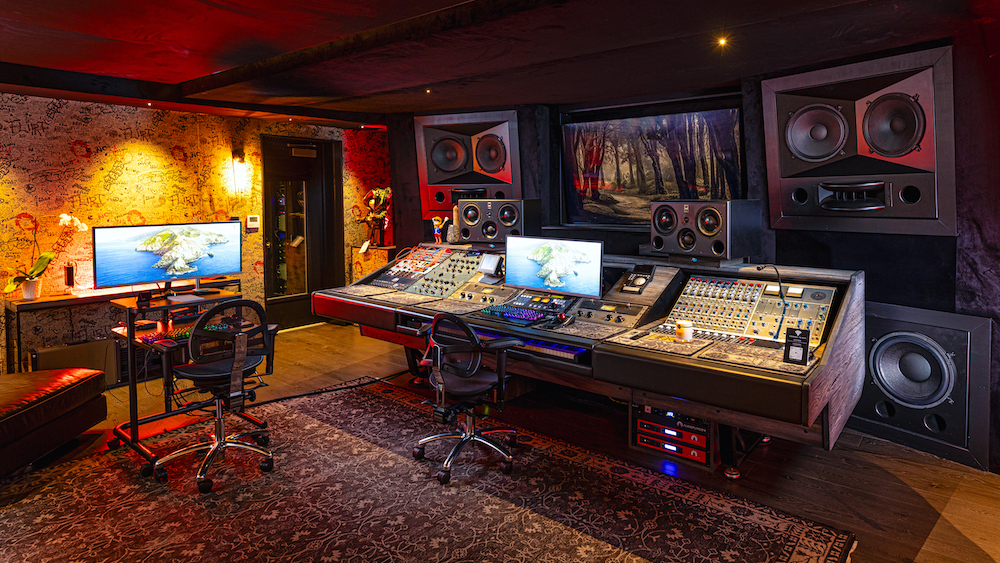
FINDING A SPOT
Think of a chart-topping hip-hop, R&B or pop artist from the past two decades and Joshua has most likely worked with them. Sean “P Diddy” Combs, Beyoncé, Christina Aguilera, Usher, Katy Perry, Whitney Houston, Michael Jackson and Justin Bieber are just some of the marquee names on a very long list of credits. In 2016, a chance phone call saw Joshua branch out into Latin music, mixing a song that helped to re-energize the Spanish-language music market. That record, “Despacito,” by Luis Fonsi featuring Daddy Yankee, currently sits at Number 2 on YouTube’s Billion-View Club video chart.
It’s perhaps a bit unusual that Joshua sat behind an office desk, not a mixing desk, when he entered the business. Still in his teens, he started working at MCA (where his godfather was president of Motown Records), eventually moving into A&R and, later, advertising. While at the Wow Factor agency in the late 1990s, following stints at DreamWorks and MTV, he signed up for an introductory course at L.A. Recording Workshop.
“I had always wanted to learn about the art of engineering, because I always felt that they had the ability to put their imprint on a record,” he says, noting that unlike record promotion, success or failure is not typically dependent on other departments. “Being a mix engineer, it’s all on you. I could be an influential part of the music business, yet I didn’t have to worry. I could just do my best and be judged by my work, not other people’s. When I found this calling, it was almost like a rebirth.”
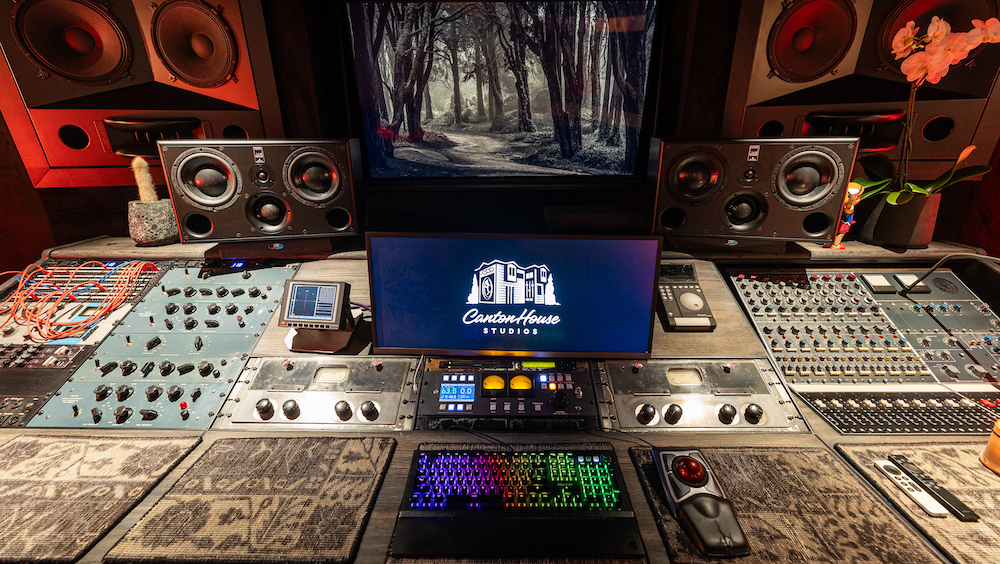
It wasn’t long before he passed the first major milestone on his newfound career path, after landing an internship at a major L.A. facility and beginning to move up.
“I fell in love with a human being who became my best friend and my mentor, who changed my life for the better, when I went from assisting at Larrabee to assisting Dave Pensado at Larrabee. I learned so much from him,” he recalls, while at the same time acknowledging that it was also a rude awakening: “You go to school and you’re like, ‘I’m the best in the class; I’m the best mixer in the world.’ Then you hear this guy’s mixes every day and you’re like, ‘Dude, I’m never going to be this good.’”
But he listened and learned and worked on his craft until one day, in 2008, Pensado handed him the reins. “Dave and I were mixing, and Beyoncé’s ‘Single Ladies (Put a Ring on it)’ came in. He looked at me and said, ‘This is all you. I’m going fishing.’ I’ll never forget that. I mixed that record with Tricky Stewart and The-Dream [the song’s co-producers and co-writers], and you know how it goes—everybody looks to see who did that and everybody wants to use you.”
Joshua’s reputation subsequently got an even bigger boost. “‘Despacito’ made Latin music as popular as pop music,” he states, humbly yet assuredly. “That record happened through a random phone call to Larrabee from two guys out of Colombia, saying, ‘We would love to work with you, but we have no money.’ We worked on one song, and the second song they sent was ‘Despacito.’ I admit, I didn’t know it was going to be that big—no one did—but we didn’t attack that record like a normal Latin record. We attacked it like the urban pop smash that it was, and reaped the benefit. Once it happened, people were like, ‘Who mixed that? We need to get them.’ Seven Latin Grammys later…,” he chuckles.
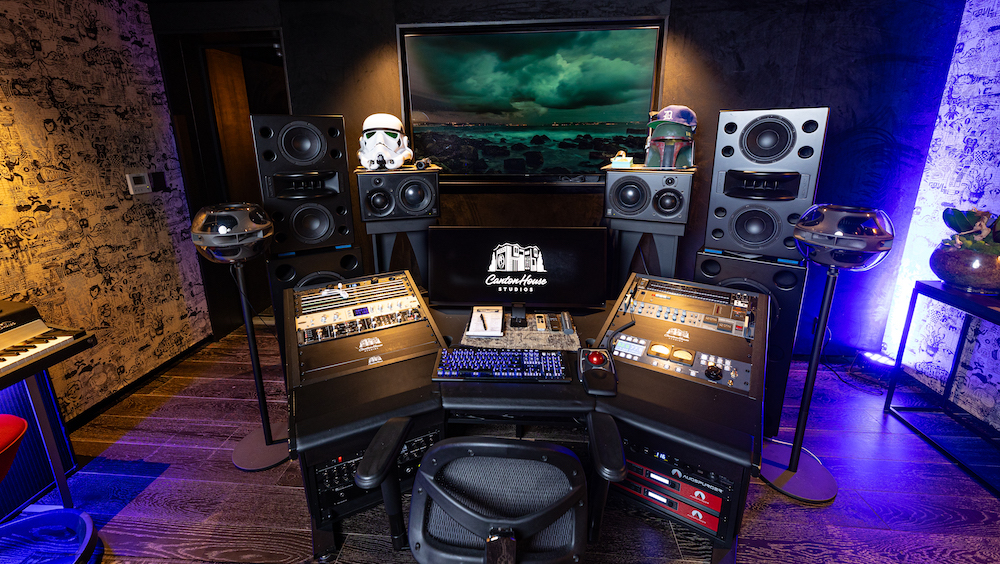
WAIT, WHAT’S THAT SOUND?
The God Particle was designed to deliver Joshua’s signature clarity, depth and punch in a plug-in with just a few basic controls. “It’s a play on my entire stereo bus,” he explains. “In simple terms, it’s a spatializer, a harmonic enhancer and it has a special element of knowing what you need and adding it. I leave it at 100 percent, and I mix right into it.”
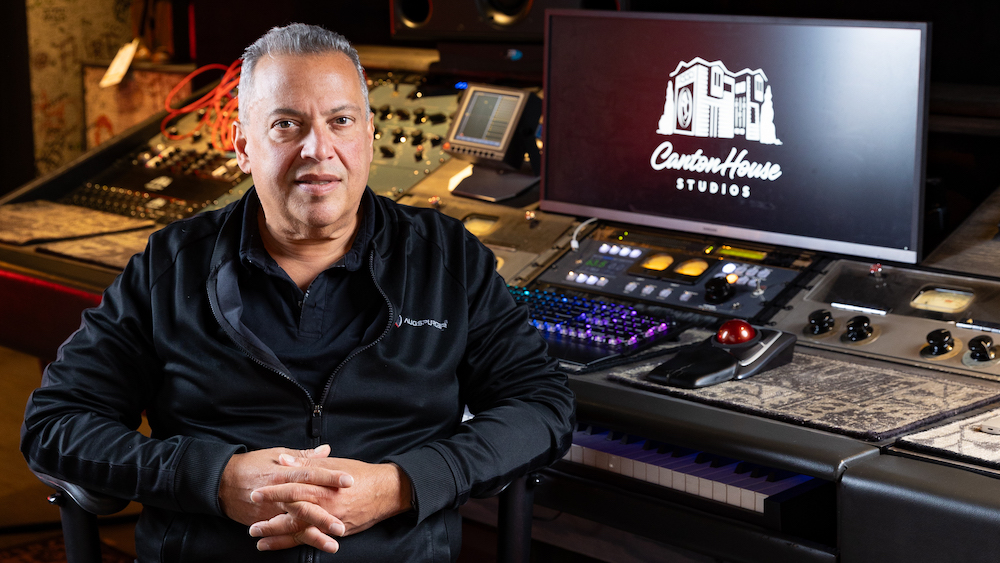
Joshua put his seal of approval on the God Particle just as Canton House, where construction began during the 2020 pandemic, was nearing completion. “Right before we moved in, we had the ‘Eureka!’ moment with ‘Fight for You,’ by H.E.R. [Oscar winner for Best Original Song in 2021],” he recalls. “We did the final mix on the beta version of the God Particle, looked at each other and said, ‘The low end is there; we did it.’ I’m in the box 100 percent now.”
Under the hood, the plug-in encapsulates the sonics of Larrabee’s SSL 9000K and the warmth and roundness of the Neve 1073 modules through which Joshua typically routes his drum tracks, together with multi-band compression and limiting. Many of those elements are also present in analog form in his mix room desk, including a vintage Neve BCM10 console, refurbished by Desk Doctor’s Bruce Millett, which he uses when tracking and overdubbing.
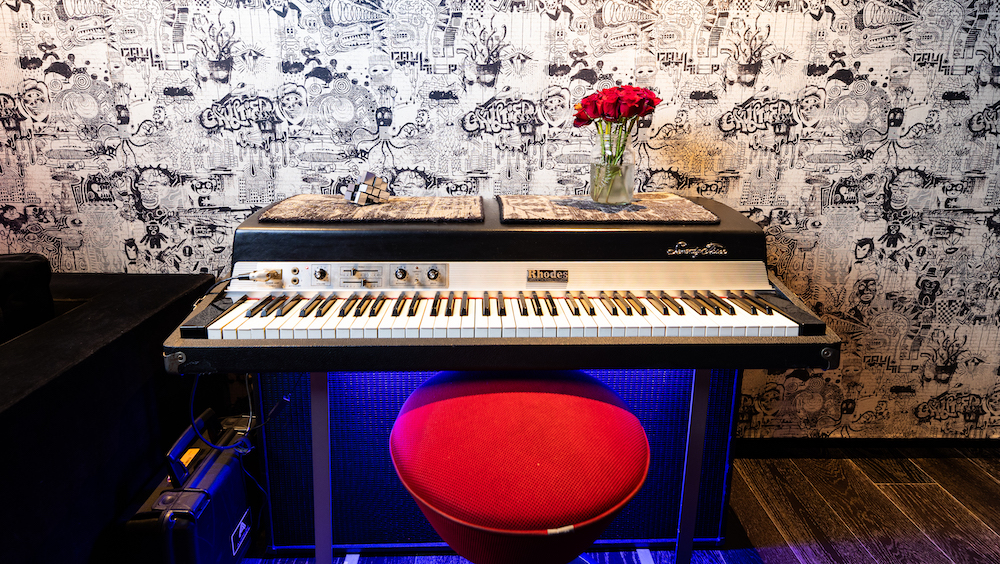
“Everything that you see has influenced my mix career and heavily influenced what the God Particle sounds like,” he says, adding that the idea for it was partially a response to the way new engineers are mixing certain music genres.
“They’re spending two hours on mixes. The latest trend is very raw, distorted. They don’t know gain structure as well as they should, or how to properly put their elements up so it doesn’t distort, but it’s still loud. That helped me invent the God Particle, to give them a tool that helps them get there quicker.
“Technology gives brilliant kids the ability to get their ideas and thoughts off without thinking of the art,” he continues. “The art of mixing is under attack and the love of the game is gone. Trying to bring the love back into the game is one of the biggest things that I really try to harp on,” says Joshua, who has participated in multiple Mix with the Masters educational presentations.
Remixing, too, is not getting the respect it deserves from the record companies, he believes, saying, “Fifty percent of the time, I do my own Dolby Atmos mixes, but a lot of record companies, especially for the back catalog, just send it to mixers who have no attachment to the mix and haven’t been in with the artist. It’s in a very uncomfortable place right now, but I do believe immersive mixing is the future. I don’t think we’ll be mixing stereo records in 10 years.”
